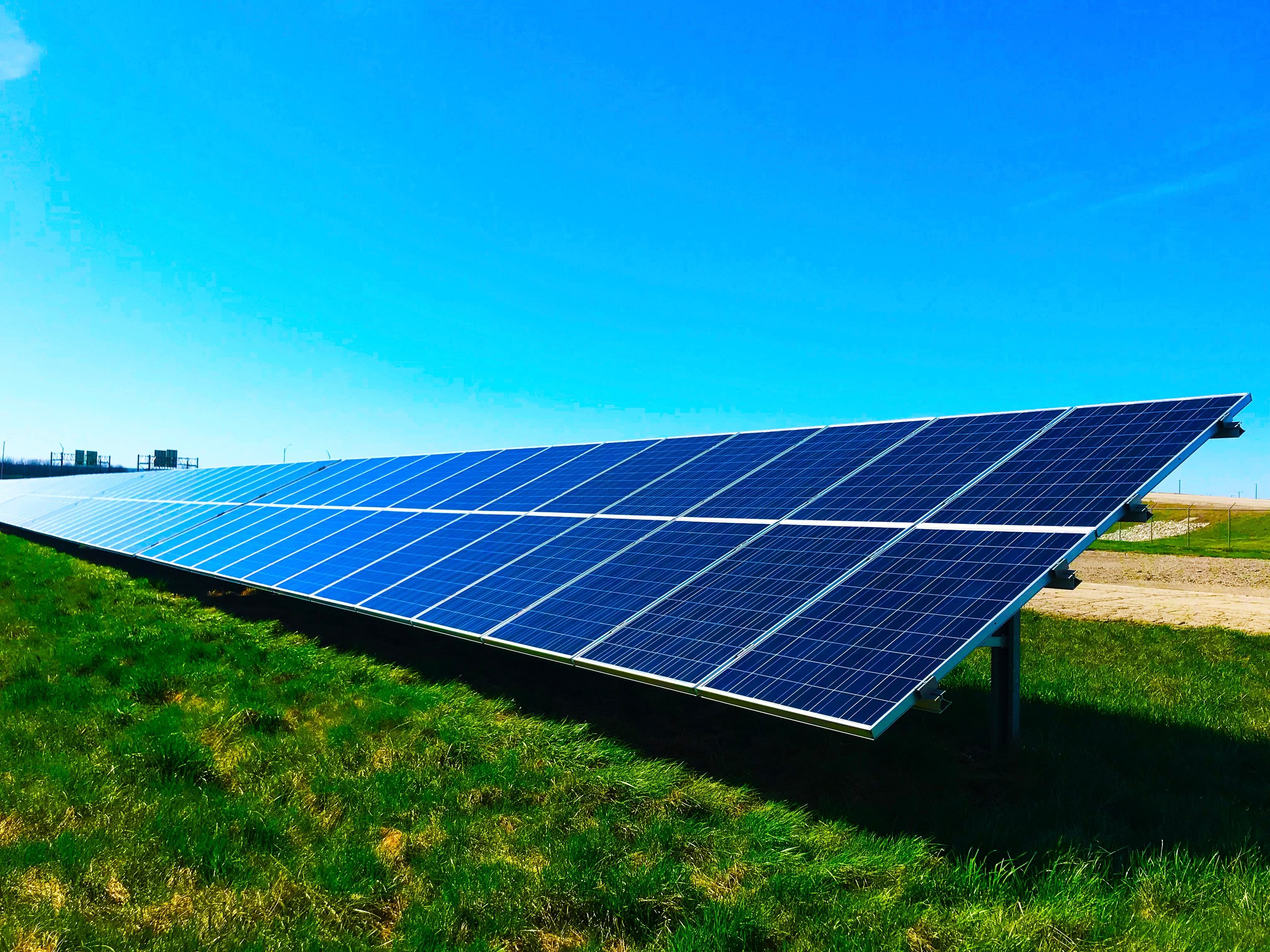Free Solar For Low-Income Families Offers Promising Future For Renewable Energy
Reliance on fossil fuel paints a grim picture of the future. Heavy pollution and poor air quality, tainted groundwater and ravaged ecosystems comprise a landscape where nothing grows — the Earth salted without hope of restoration. Given the current political climate, this is a pressing threat.
The optimistic men and women at GRID Alternatives Mid-Atlantic picture the future differently. They view the future as one of long-term sustainable energy, using affordable alternatives to conventional methods to preserve the environment while enjoying the same level of comfort and convenience.
In their picture of the future, the air is clean, the groundwater is clear and wildlife receives the respect it deserves. The grass grows a little greener, and harmony exists between the natural and artificial. So how is GRID working toward making this dream a reality?
They’re starting with low-income families. And more than that, they’re helping them for free. At no cost to the homeowners involved, GRID assists them in the installation of solar panels on their rooftops — easing the transition toward renewable energy in a small but no less essential way.
With the District’s current goal of replacing 50 percent of nonrenewable sources of energy with renewable sources by 2032, every little bit helps. What begins on a local scale has the potential to grow and expand, affecting trends that will determine the future health of the entire country.
The Importance of GRID
The work GRID does for low-income families is part of an effort to ease the economic divide between classes. Solar panels cost thousands of dollars to purchase and install, making them inaccessible to those without the means. By offering free installation, the prospect is far more attractive.
And it is an attractive prospect. With the average annual cost of electricity reaching $1,430 for a typical American family, it isn’t difficult to understand the benefits of renewable energy. More than that, a utility inflation rate of 2.2 percent is only going to increase these expenses, which might prove troubling to budget for.
But the real value of solar panels is their effect on a homeowner’s carbon footprint. The use of panels in a home is equivalent to taking a single car off the road for a full year. Regarding reducing emissions, that’s several metric tons of harmful CO2 that won’t find its way into the atmosphere.
Ultimately, a move from fossil fuel to renewable sources of energy like solar power could slow the progress of climate change. We’ve already suffered the consequences of inaction, with a higher frequency and severity of natural disasters, unseasonable temperatures and unpredictable weather.
With the hard work of organizations like GRID Alternatives Mid-Atlantic, the U.S. could divert its current course from environmental catastrophe.
Success Stories From the Project
GRID’s investment in the community has had a profound impact on those who live there. Of the families who chose to participate in the project, many reported saving significant amounts of money they now spend on other necessities. This money helps supplement their income and reduce financial strain.
Ben Kavoussi was studying to become a physician’s assistant at UC Davis while living off his student loans. When GRID knocked on his door and proposed a way to cut his utility bill, Kavoussi found himself in possession of the discretionary funds he needed to pursue his career in medicine.
On the subject of savings, Kavoussi said, “I was paying a couple hundred (dollars) per year… I know my bill was going to be less than $5 a month. It’s a dramatic reduction in price.” And this Davis resident wasn’t the only one to benefit from GRID’s efforts to improve energy sustainability.
Homeowner Vicky McGill saw a tremendous reduction in her utility bill. With assistance from GRID, she managed to decrease her summer payments from $70 to $80 per month down to $0 to $15 per month. For those struggling to subsist on a low income, this extra money can make all the difference.
The Impact of GRID
Since GRID Alternatives Mid-Atlantic began in 2004, the nonprofit has saved families more than $100 million in energy expenses. They’ve also prevented more than 315,000 tons of greenhouse gases from harming the atmosphere and trained more than 14,000 volunteers to carry on their mission of energy sustainability.
The future of the planet depends on organizations like GRID to make renewable energy accessible to those who can’t afford it. In normalizing solar panel technology, distancing ourselves from fossil fuel and adopting an eco-friendly attitude, there’s hope we can reverse the damage caused by pollutants.
For those interested in pursuing alternative energy in their household, visit the GRID website to see if you qualify for their program. Read testimonials, research volunteer opportunities and see how GRID can help you on your journey toward a more sustainable lifestyle.
Emily is a green tech writer who covers topics in renewable energy and sustainable design. You can read more of her work on her blog, Conservation Folks.
cover photo © Unsplash





